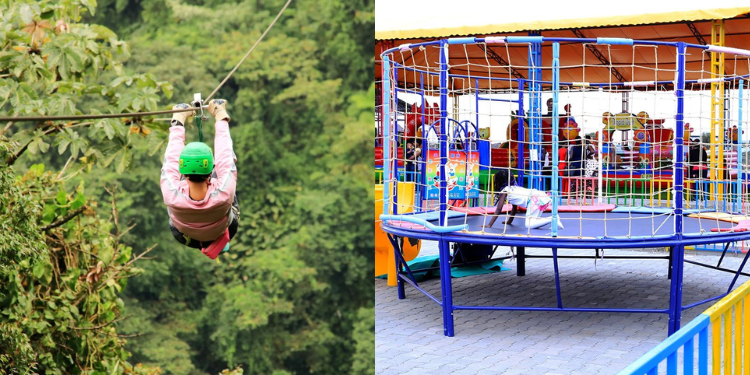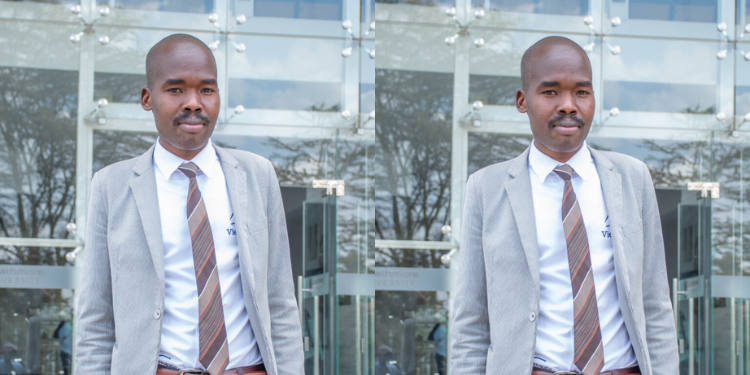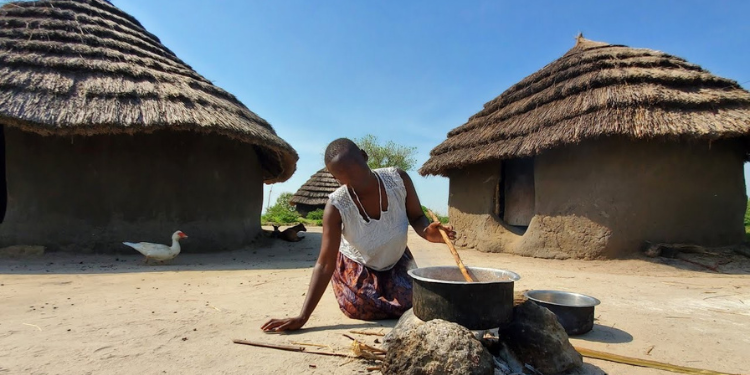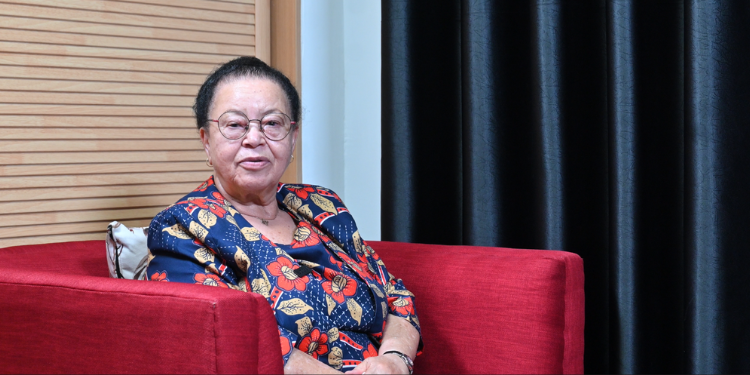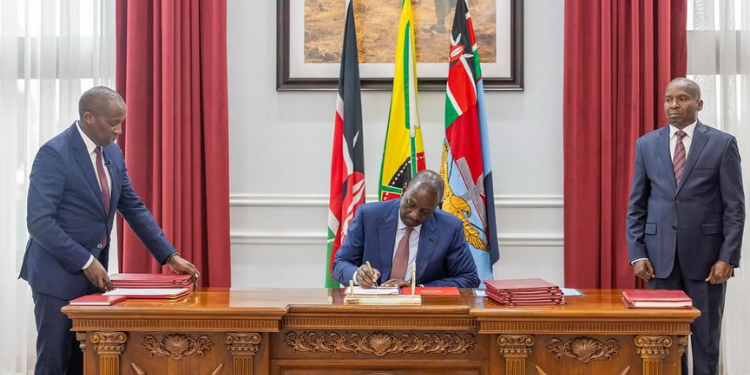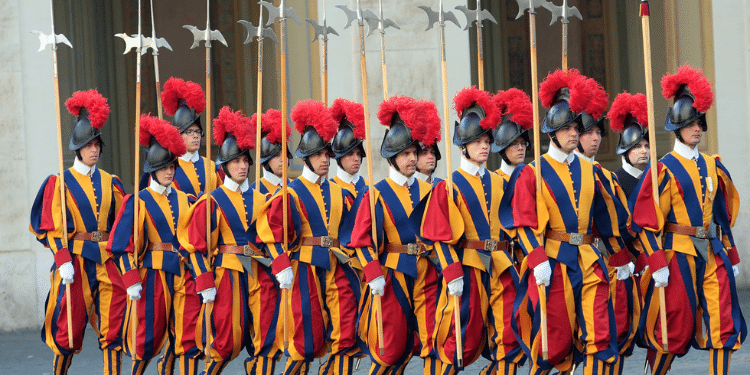The Swiss Guards were founded by Pope Julius II in 1506. It is a military body made up of Swiss citizens, whose main task is to constantly monitor the Pope.
Their main task is to constantly monitor the safety of the Person of the Supreme Pontiff and the Vatican City.
Swiss Guards accompany the Pope on Apostolic journeys and guard the accesses to the Vatican City State.
They protect the College of Cardinals during the Vacant See and perform other services of order and honour.
When there is no Pope, the Swiss Guards protect the College of Cardinals, which operates under the authority of the Cardinal Camerlengo, assisted by the three Cardinal Assistants pro tempore.
The Swiss Guard guards the Conclave under the authority of the Cardinal Camerlengo, assisted by the three aforementioned cardinals and with the external help of the Substitute of the Secretariat of State.
The Swiss Guards are sometimes referred to as the Vatican City police, but a separately administered police force and are independent of the Swiss armed forces.
The contingent was increased from 110 to 135 in 2018 in response to increased demand for their services.
Requirements
The Roman Catholic Church, under the Pope’s leadership, employs the guards.
The Guards swear loyalty to the Pope during a ceremony at Belvedere Court, a vast courtyard of the Vatican Palace, on May 6.
This ceremony commemorates the day when 147 guards died defending Pope Clement VII during the Sack of Rome in 1527.
To become a Swiss Guard, one must be a male, unmarried Roman Catholic with Swiss citizenship.
Additionally, they must be aged between 19 and 30 years and at least 5 feet 8.5 inches (1.74 meters) tall.
They must also have a professional diploma or high school degree and must complete basic training with the Swiss military.
The guards may marry after five years of service, provided they are at least 25 years old.
However, those who marry must commit to an additional three years of service.
Uniforms and Weaponry
The Swiss Guards uniforms are famous for their bright, colourful, and historic look.
The Medici family is said to have inspired the contingents’ blue, red, orange, and yellow colours.
They wear a Renaissance-style outfit with puffed sleeves, a high ruffled collar, and a doublet (a tight-fitting jacket) on ceremonial occasions.
They also wear a polished metal helmet (called a morion) topped with a red, white, or black feather plume depending on the occasion.
Also Read: Why the Catholic Pope is World’s Most Protected Clergy and How He is Guarded
The helmets are worn on occasion, and they have ostrich feathers colored to reflect different ranks.
Swiss Guards’ uniforms are hand-tailored and made from heavy wool, which can weigh up to 8 kilograms (about 18 pounds).
The design was updated in 1914 by Commandant Jules Repond, but was based on paintings from the Renaissance era.
Besides the traditional outfit, they also have a simpler blue uniform for training, during night duty, and on weekdays at the St Anna entrance.
While wearing traditional dress, the guards carry halberds and swords, but they are also trained in modern weaponry and counterterrorism techniques.
Also Read: Profiles of 9 Leading Contenders to Succeed Pope Francis
Swiss Guards’ Daily Routine
The Guards’ living quarters are located at the eastern edge of the city, north of St. Peter’s Square and adjacent to the Vatican Palace.
The guards typically work six hours per day, although some days require up to 12 hours of service.
Their chapel is that of Saints Martino and Sebastiano, and the Campo Santo Teutonico, located near St. Peter’s Basilica, serves as their cemetery.
Flag
The Flag of the Swiss Guard is divided by a white cross into four fields. The first bears the coat of arms of the Supreme Pontiff, and the fourth that of Pope Julius II, both on a red background.
The second and third fields display the colours of the Corps: blue, red, and yellow.
The Commander’s coat of arms is placed at the intersection of the arms of the cross.
Follow our WhatsApp Channel and X Account for real-time news updates.





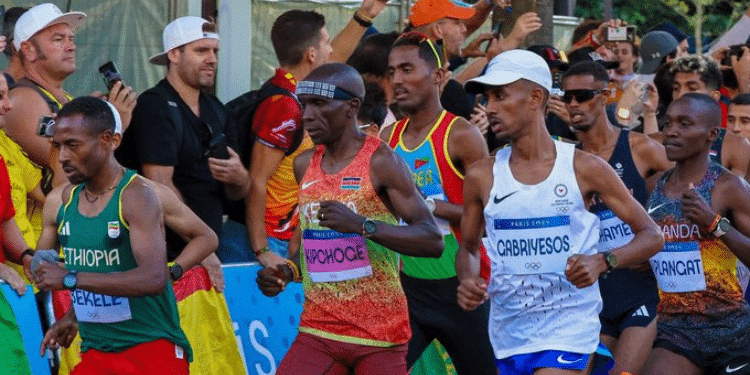




















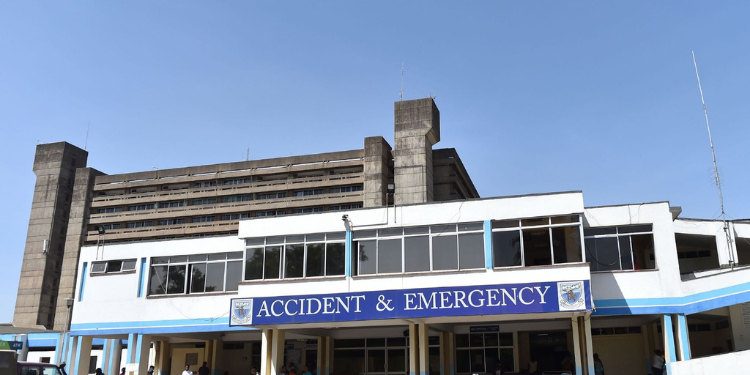
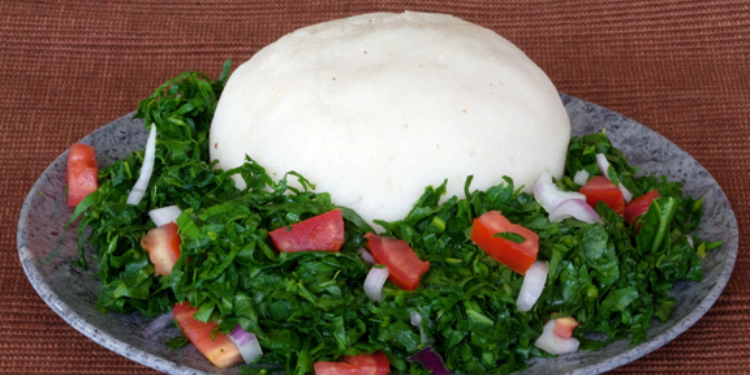








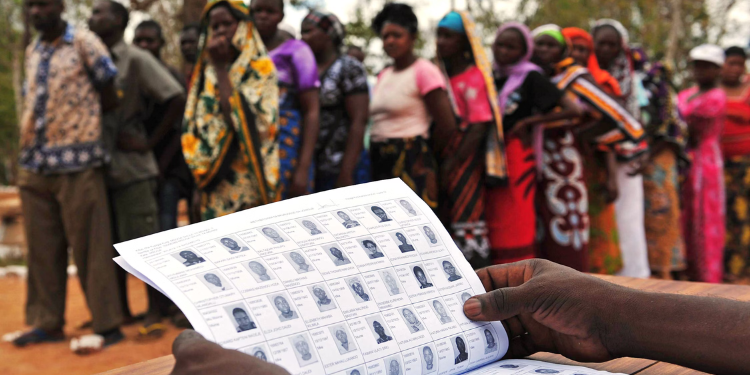






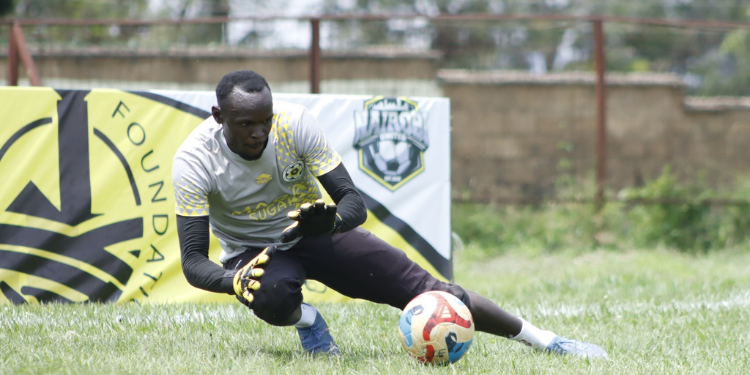




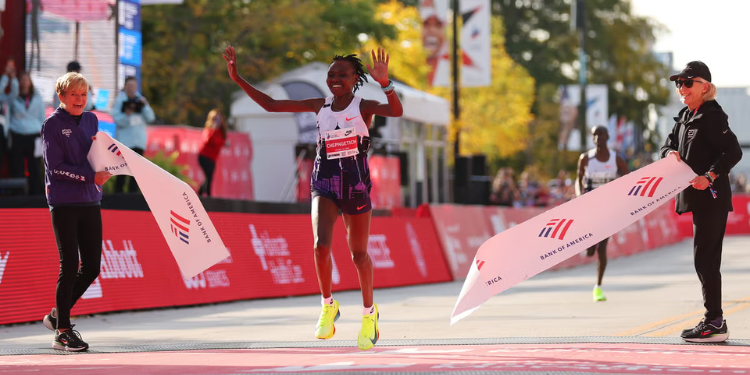
![Senator Allan Chesang And Chanelle Kittony Wed In A Colourful Ceremony [Photos] Trans Nzoia Senator Allan Chesang With Channelle Kittony/Oscar Sudi]( https://thekenyatimescdn-ese7d3e7ghdnbfa9.z01.azurefd.net/prodimages/uploads/2025/11/Trans-Nzoia-Senator-Allan-Chesang-with-Channelle-KittonyOscar-Sudi-360x180.png)

